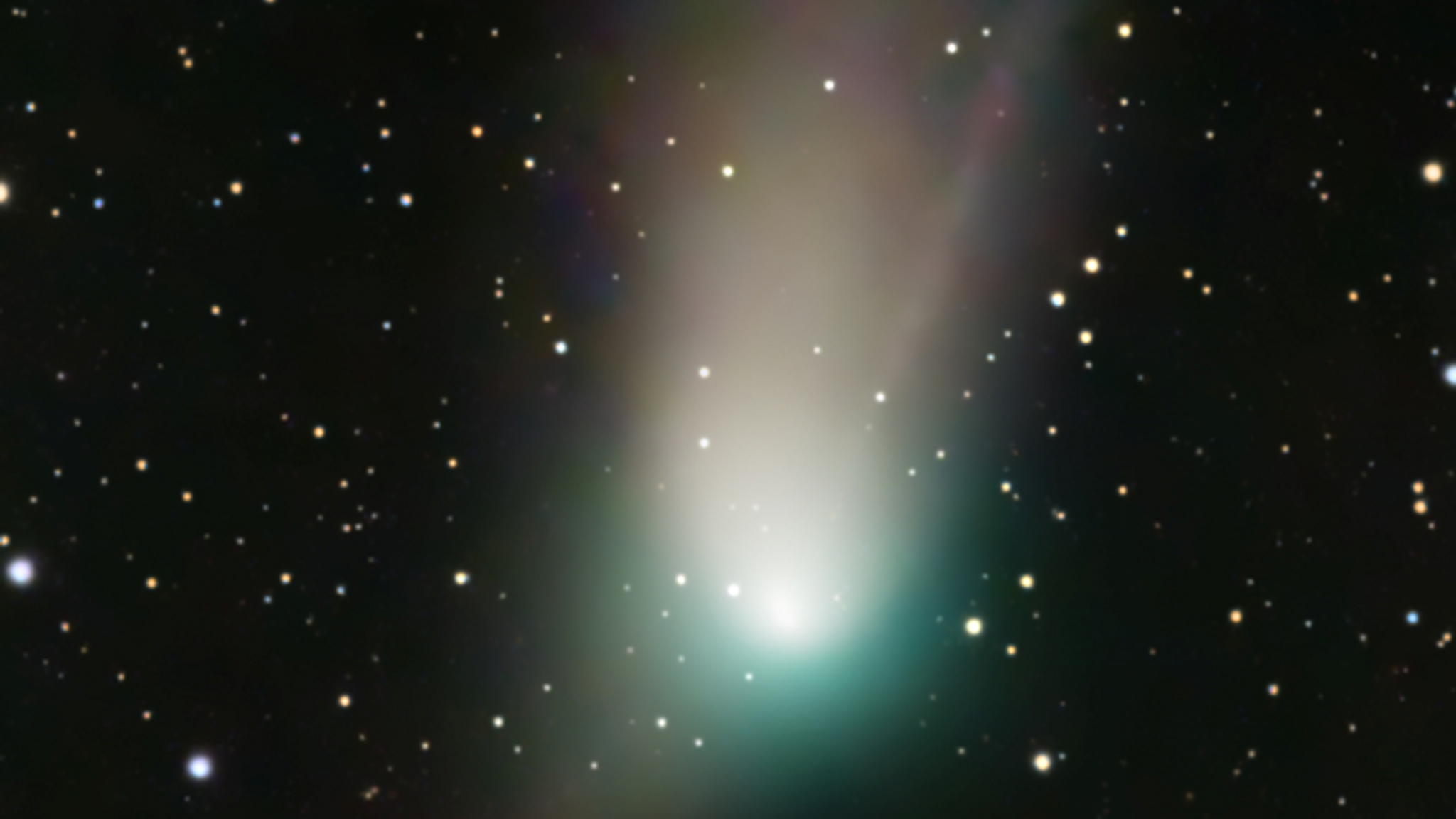Green comet approaching Earth: A ‘green’ comet from the outer solar system will pass through our area of space for the first time in 50,000 years this month.
The green comet named C/2022 E3 (ZTF) was only discovered on 2 March 2022, spotted from the Zwicky Transient Facility in California. But this year it’s been more widely visible and could be seen with the naked eye when it makes its closest fly-by.
A ‘green’ comet from the outer solar system will pass through our area of space for the first time in 50,000 years this month. It provides skywatchers with a once-in-a-lifetime opportunity to see this celestial phenomenon as it approaches Earth and the sun.
Key Points of Green comet approaching Earth for a flyby
- The comet, formally known as C/2022 E3 (ZTF), will make its closest approach to the sun and maybe brilliant enough to be seen with binoculars and a telescope.
- According to NASA, this cosmic intrusion has been steadily brightening as it moves through the inner solar system, which should make it easier for people to catch a glimpse of it in the night sky.
- Comets can be difficult to spot in the night sky.
- Amateur skywatchers may have a good chance to see the comet in the early morning sky on Thursday, sometime after midnight but before dawn.
- Astronomers have been monitoring the comet as it approaches.
- According to EarthSky, a website dedicated to skywatching and astronomy, people in the Northern Hemisphere should stake out a location looking toward the northeastern sky and gaze low on the horizon.
Visibility of Green comet approaching Earth
- The comet can be visible with binoculars as a flimsy green glow travelling northwestward.
- Telescopes should be able to spy more precisely.
- Telescopes should be able to see the “green comet’s” finer features, potentially even its flimsy tail.
- Through most of the rest of the month, skywatchers will have opportunities to catch a glimpse of the comet.
- The icy object will then come as close to Earth as it can on February 2, according to NASA officials.
- The Planetary Society estimates that the comet will be around 26 million miles away from Earth at that time.
Early in February, when the comet will be at its closest approach to Earth, it might be feasible to view it with the naked eye if it keeps brightening.





